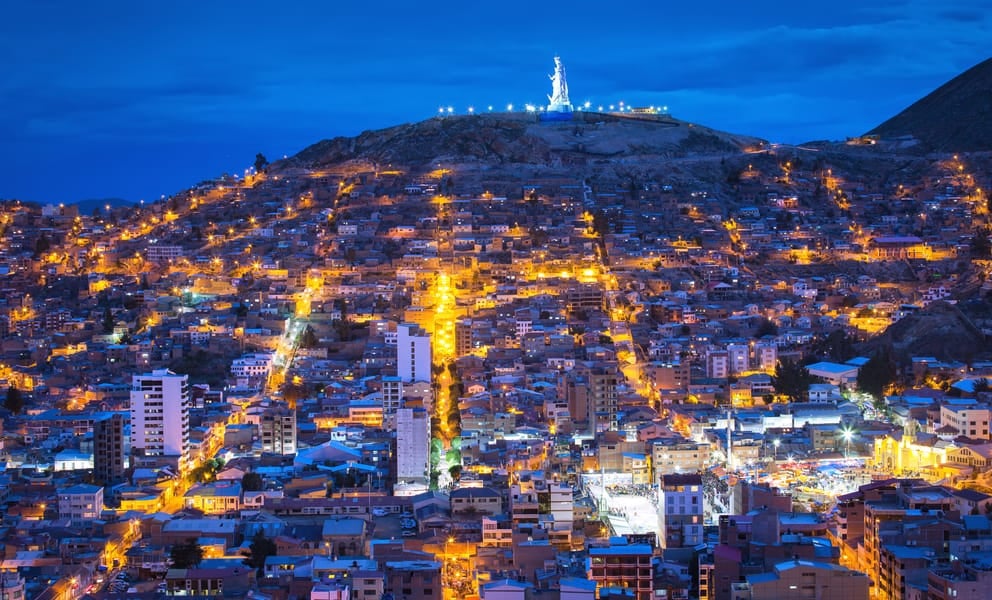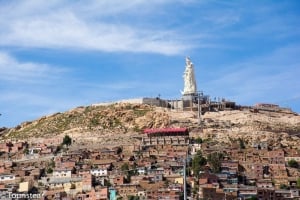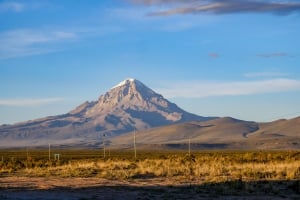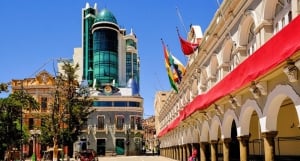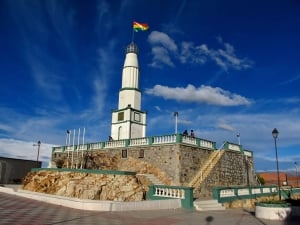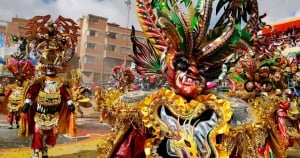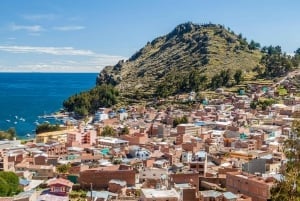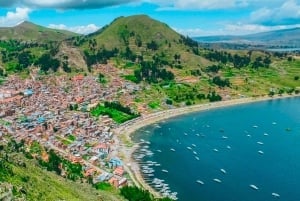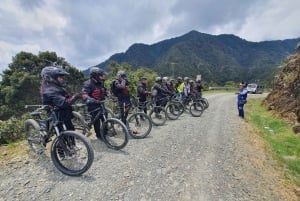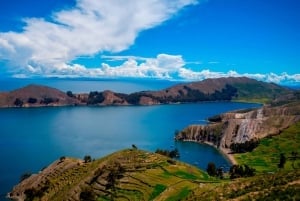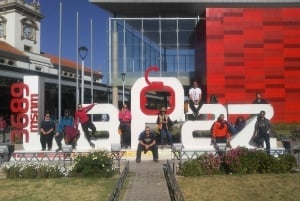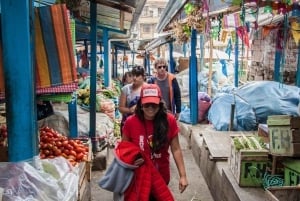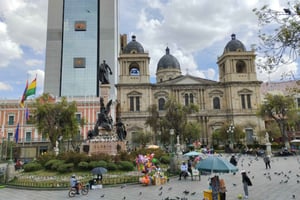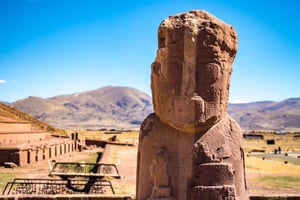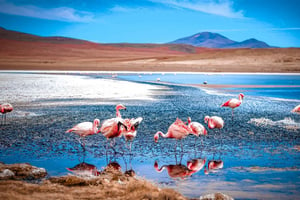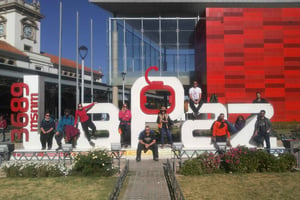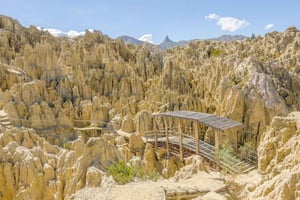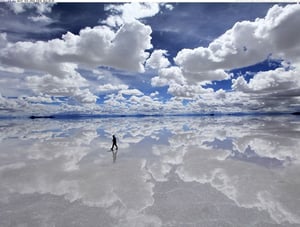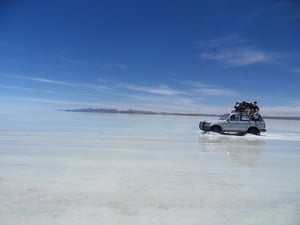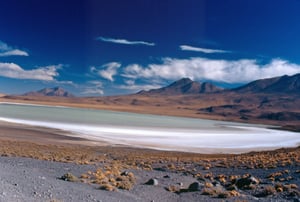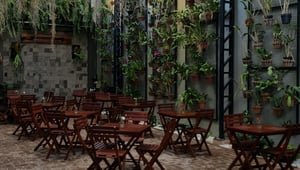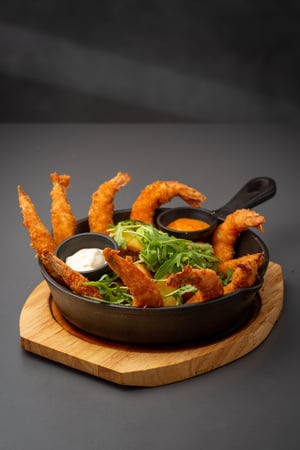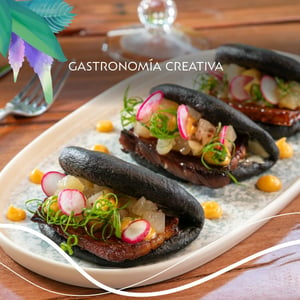Oruro
Founded in 1606 as Real Villa de San Felipe de Austria (“Royal Town of St. Philip of Austria”), Oruro rose to prominence during the Spanish colonial period as the centre of a rich silver-mining region. It lost importance with the decline of silver production in the 19th century but regained status with the development of tin mining and became one of Bolivia’s most prosperous cities for much of the 20th century. Tungsten and zinc are also mined nearby. The city possesses a technical university (1892), several colonial churches, and a refinery that processes much of the country’s tin. The hub of Bolivia’s railway system, Oruro is connected by train to the cities of Uyuni and Tupiza, as well as to Argentina and Chile. Oruro is also accessible by road from the cities of Cochabamba, La Paz and from Chile and Argentina.
Oruro is probably best known for its colourful pre-Lenten Carnival, which takes place in February or March. Dancers don costumes and masks featuring caricatures of devils, animals, Inca rulers, and slave drivers and pay homage to the Virgen del Socavón (“Virgin of the Mineshaft”). Pop. (2001) 201,230; (2010 prelim.) 216,700.


